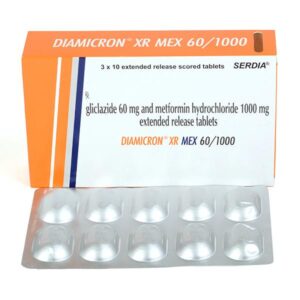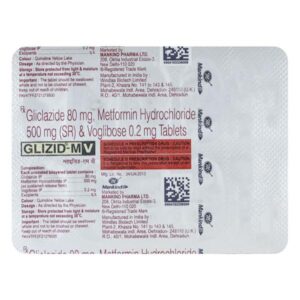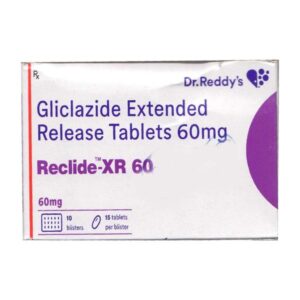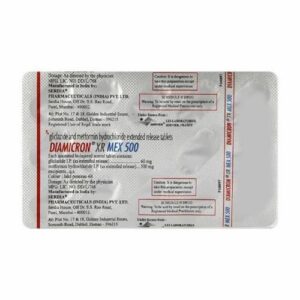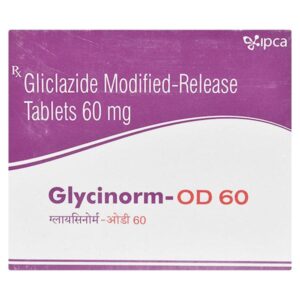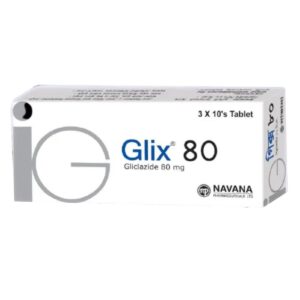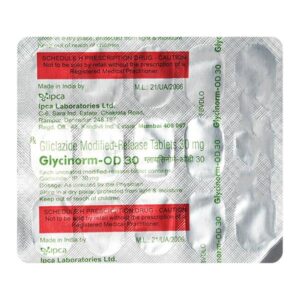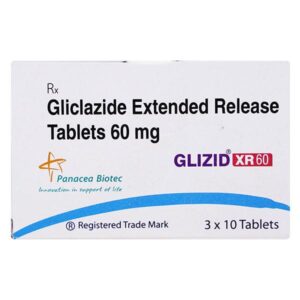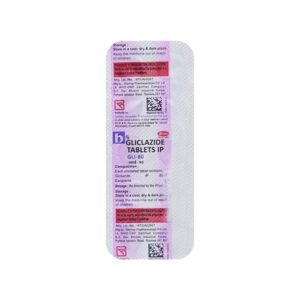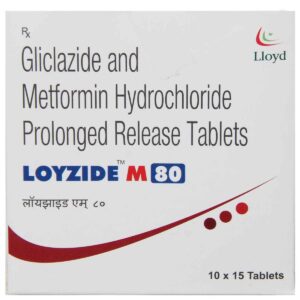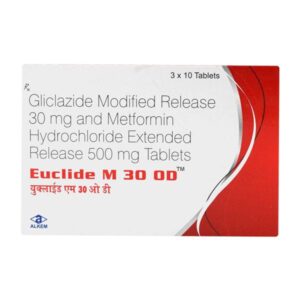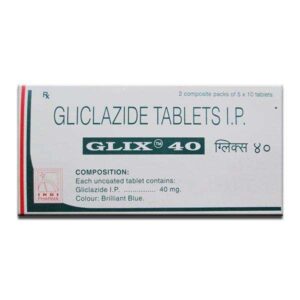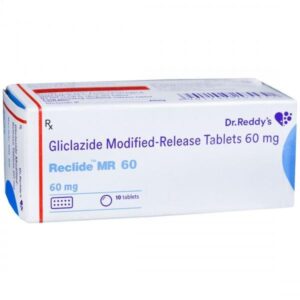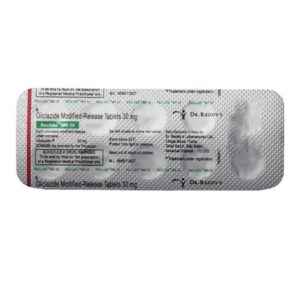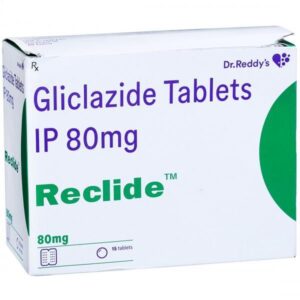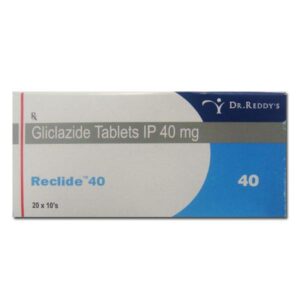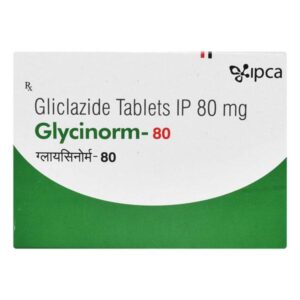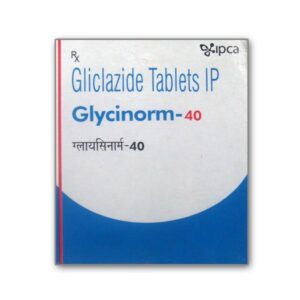GLICLAZIDE
GLICLAZIDE: GLICLAZIDE is an oral anti-diabetic medication that belongs to the class of drugs known as sulfonylureas. It is primarily used to lower blood sugar levels in individuals with type 2 diabetes.
The mechanism of action of gliclazide involves stimulating the release of insulin from the pancreatic beta cells, promoting glucose uptake and utilization in the body’s cells. It also reduces the production of glucose by the liver.
The usual starting dose of gliclazide is 80 mg once daily, taken with breakfast or the first main meal of the day. The dosage can be increased gradually based on the individual’s blood sugar levels and response to treatment. The maximum daily dose is typically 320 mg.
As with any medication, gliclazide can have side effects. Commonly reported side effects include hypoglycemia (low blood sugar), gastrointestinal discomfort (such as nausea, vomiting, and diarrhea), headache, dizziness, and skin rashes. Rare but potentially serious side effects may include blood disorders, liver dysfunction, and allergic reactions. It is important for individuals taking gliclazide to monitor their blood sugar regularly and report any persistent or severe side effects to their healthcare provider.
Gliclazide should only be used under the guidance of a healthcare professional and as part of a comprehensive treatment plan for diabetes, which may include diet, exercise, and other medications. As with all medications, it is important to follow the prescribed dosage and to inform your doctor about any other medications or medical conditions you have to avoid any drug interactions or complications.

